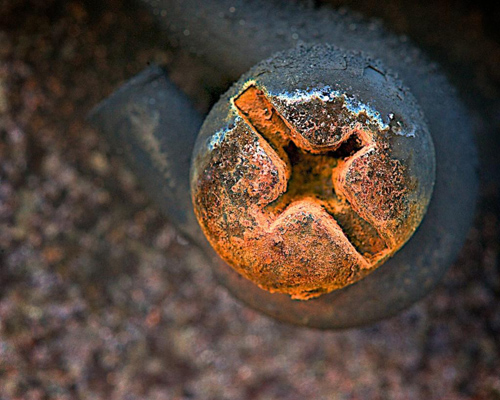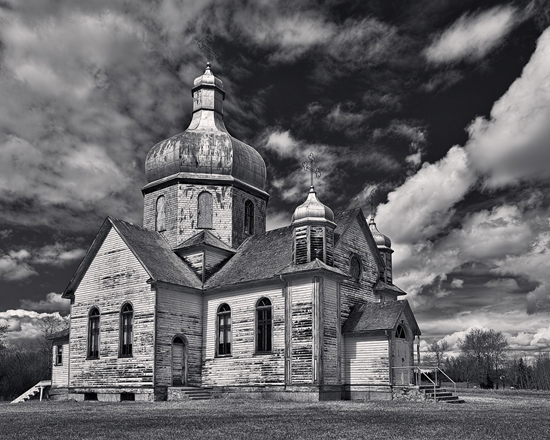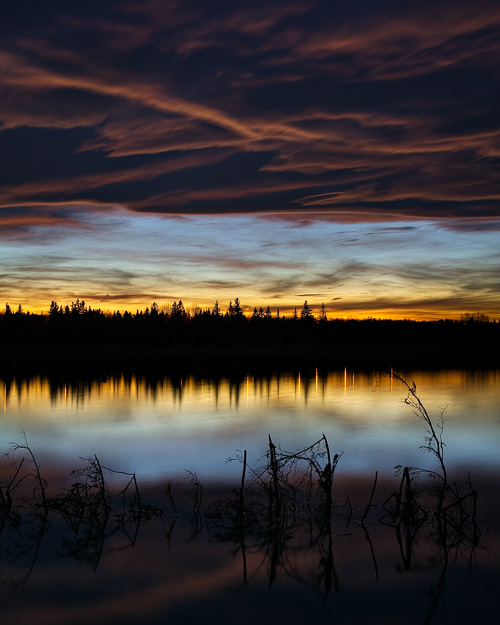Every month on our photography forum members nominate images that they like. Then at the end of the month I choose an excellent image and talk about why it rocks. The photo I choose is not necessarily the best one of the month. I’ve come to realize it’s not really logical to pit images from totally different genres against each other. That’s why there are categories in photo contests. I just choose a photo that has extremely strong elements that we can learn from.
This month’s choice is Male RTH Hummingbird Mike Bons
I chose this image for several reasons:
Composition — The composition here is very pleasing. The bird’s eye lines up on right near one of the lines of the thirds which is visually interesting. The plant and the bird are captured on a diagonal which is also visually interesting. Brightness is very well handled here and I find no distractions that bother me.
Colour — What a rich pleasing colour palette used here. The colours of the bird and the flower even seem to match. Reds in the flower might be a hint too bright and oversaturated for me, but I can easily live with it.
Sharpness — I love how sharp the bird is here (especially the eye and the beak) versus the out of focus background, it totally pops.
Exposure/lighting — Again both are well handled. The combination of flash and ambient light is what is freezing the bird in mid-feeding here. I like how the bird is well lit without being ‘over-lit’ by the flash.
For all these reasons, this is my choice for image of the month. Since we all have opinions, some members may disagree with my choice. That’s cool but THIS thread is not the place for debate over my pick, NOR is it the place to further critique the image. The purpose here is to suggest strong elements in the photo that we may learn from.
Congrats again Mike Bons for capturing this little beauty.






